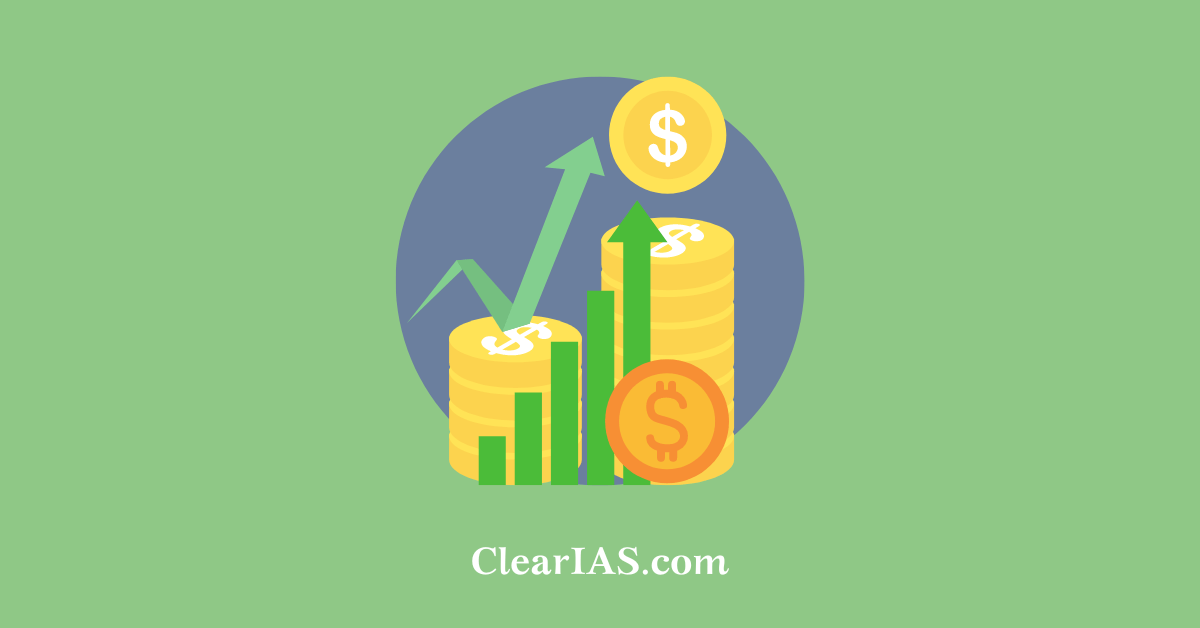
We are also familiar with the names of the Money Market instruments or securities. They are Call Money, Treasury Bill, Commercial Paper, Certificate of Deposit and Trade bill.
Before understanding the various instruments of Money Market in detail, it would be better if we start with the differences between Bill of exchange and Promissory Note.
These are two basic concepts, related with the instruments in money market.
Difference Between Bill of exchange and Promissory note
Bills of exchange and promissory notes are written commitments between two parties that confirm a financial transaction has been agreed upon. Below is the detailed concept of both terms.
Bill of exchange
A bill of exchange is an instrument in writing containing an unconditional order, signed by the maker, directing a certain person to pay a certain sum of money only to or to the order of a certain person, or to the bearer of the instrument. In a bill of exchange there are three parties the drawer, the drawee and the payee.
Promissory Note
A promissory note is an instrument in writing (not being a bank note or a currency note) containing an unconditional undertaking, signed by the maker, to pay a certain sum of money only to or to the order of a certain person or to the bearer of the instrument. In a promissory note there are two parties the maker of the note and the payee.
NB : In a promissory note there is a promise to make the payment whereas in a bill of exchange there is an order for making the payment. Also, a promissory note requires no acceptance as it is signed by the person who is liable to pay. The drawer of a bill of exchange is generally the creditor of the drawee and therefore it must be accepted by the drawee before it can be presented for payment.
Important Money Market Instruments or Securities
There are various securities in Money Market as well as in Capital Market. Following are some of the important money market instruments or securities :
Call Money
Call money is mainly used by the banks to meet their temporary requirement of cash. They borrow and lend money from each other normally on a daily basis. It is repayable on demand and its maturity period varies in between one day to a fortnight. The rate of interest paid on call money loan is known as call rate.
Treasury Bill
A treasury bill is a promissory note issued by the RBI to meet the short-term requirement of funds. Treasury bills are highly liquid instruments, that means, at any time the holder of treasury bills can transfer of or get it discounted from RBI. These bills are normally issued at a price less than their face value; and redeemed at face value. So the difference between the issue price and the face value of the treasury bill represents the interest on the investment. These bills are secured instruments and are issued for a period of not exceeding 364 days. Banks, Financial institutions and corporations normally play major role in the Treasury bill market.
Commercial Paper
Commercial paper (CP) is a popular instrument for financing working capital requirements of companies. The CP is an unsecured instrument issued in the form of promissory note. This instrument was introduced in 1990 to enable the corporate borrowers to raise short-term funds. It can be issued for period ranging from 15 days to one year. Commercial papers are transferable by endorsement and delivery. The highly reputed companies (Blue Chip companies) are the major player of commercial paper market.
Certificate of Deposit
Certificate of Deposit (CDs) are short-term instruments issued by Commercial Banks and Special Financial Institutions (SFIs), which are freely transferable from one party to another. The maturity period of CDs ranges from 91 days to one year. These can be issued to individuals, co-operatives and companies.
Trade Bill
Normally the traders buy goods from the wholesalers or manufactures on credit. The sellers get payment after the end of the credit period. But if any seller does not want to wait or in immediate need of money he/she can draw a bill of exchange in favour of the buyer. When buyer accepts the bill it becomes a negotiable instrument and is termed as bill of exchange or trade bill. This trade bill can now be discounted with a bank before its maturity. On maturity the bank gets the payment from the drawee i.e., the buyer of goods. When trade bills are accepted by Commercial Banks it is known as Commercial Bills. So trade bill is an instrument, which enables the drawer of the bill to get funds for short period to meet the working capital needs.
Also read about Capital market.
References : NOS and CBSE.






T bills are discounted at any time ? Then what is 91, 182 days limit ?